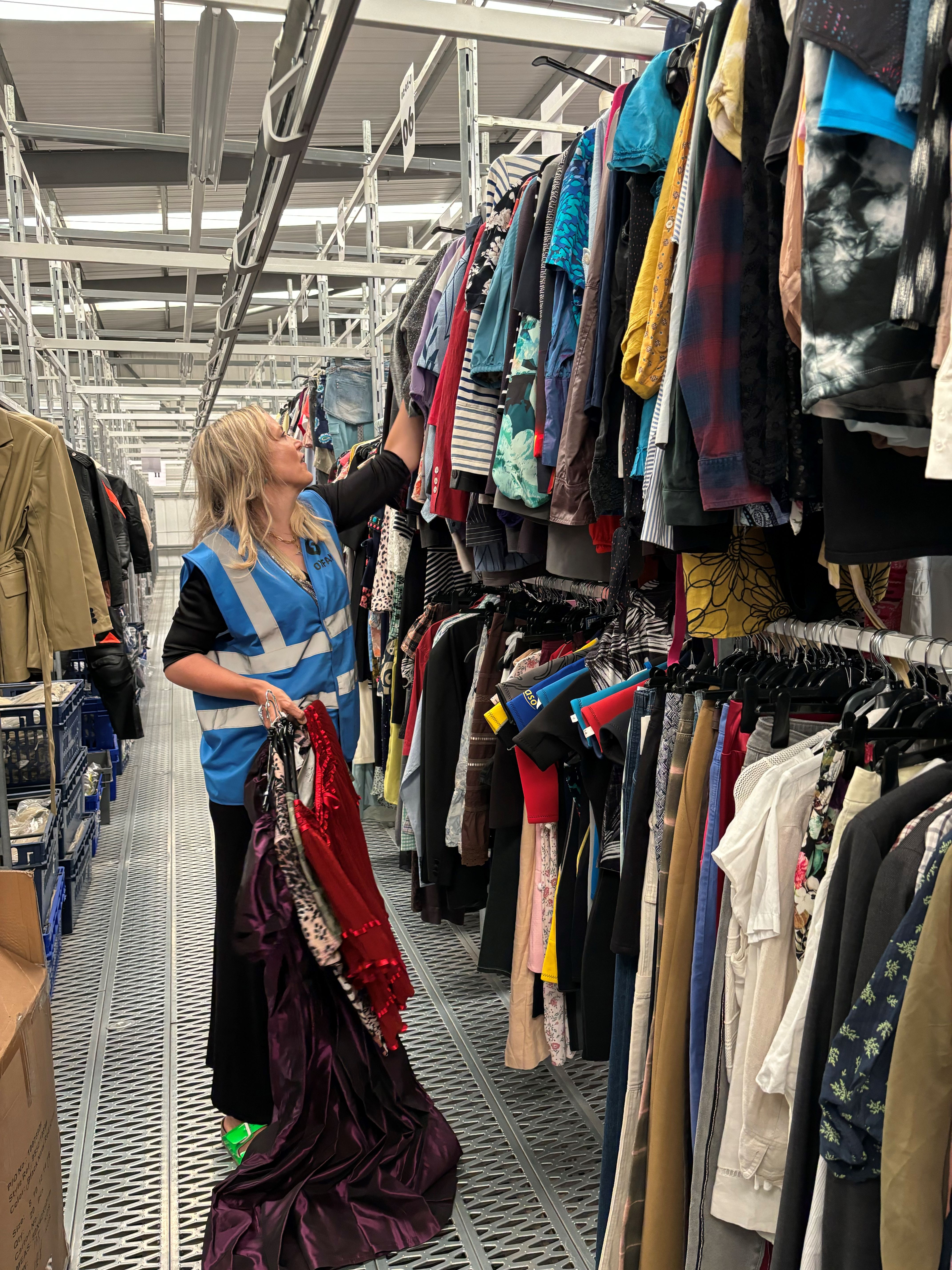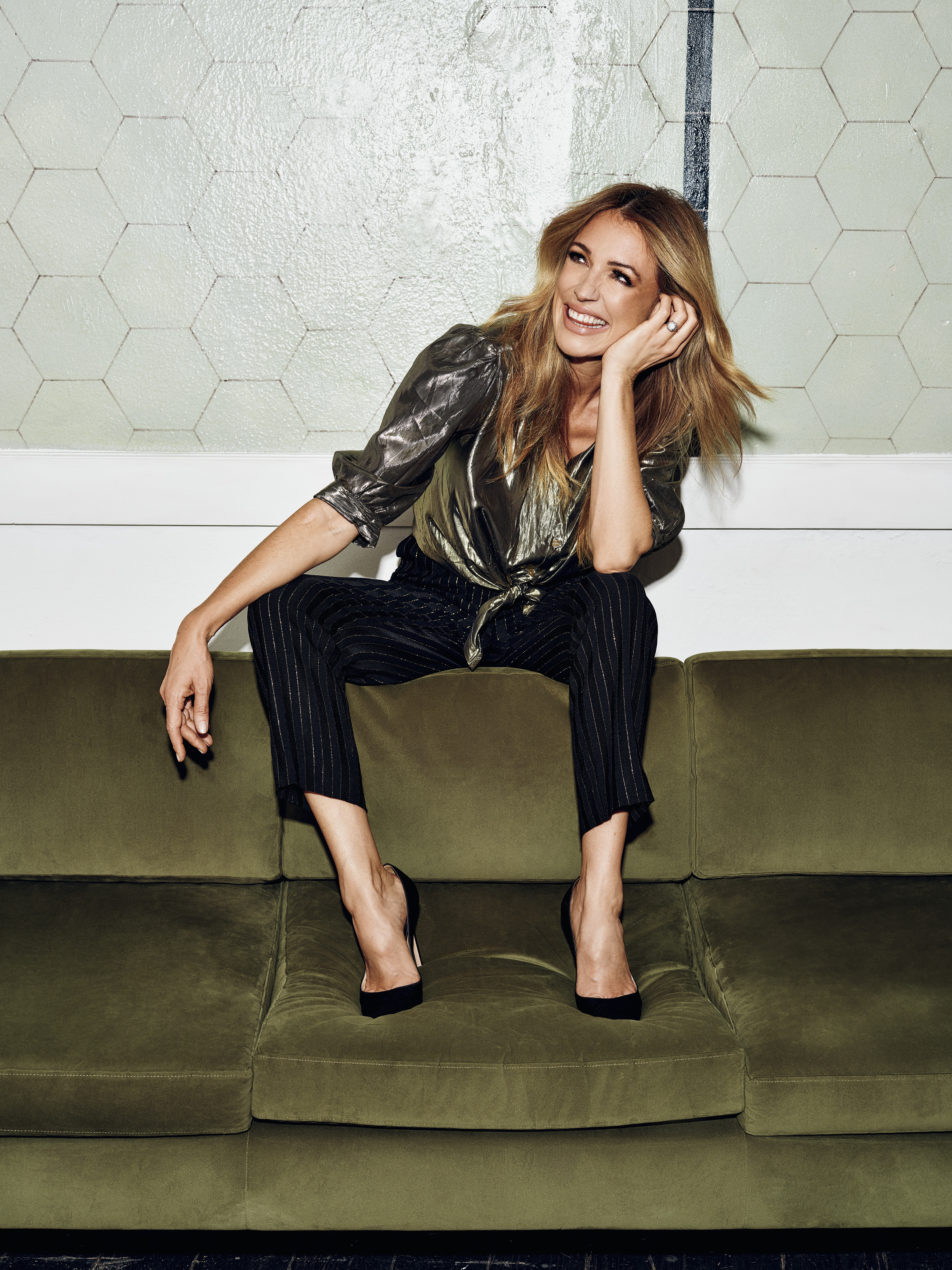Second-hand clothes are not “second best”, Oxfam activists have said as the charity prepares to open London Fashion Week with a runway show that spotlights sustainable outfits.
Launching its sixth Second Hand September campaign on Monday, the charity is focusing on fashion’s impact on the planet’s water resources this year, and raising awareness of how shopping choices can dramatically reduce this.
Oxfam has also partnered with online marketplace Vinted for its “Style for Change” runway show on September 12, which will spotlight pre-loved outfits put together by second-hand fashion pioneer Bay Garnett.
The stylist, who has dressed stars including Kate Moss in charity shop fashion, said it is “insanity” that society considers celebrities in second-hand, vintage or a repeated outfit on the red carpet as radical.
“I mean literally what planet are we on?” she said. “It’s not second best. It’s not a substitute. It’s actually a choice because it’s cooler, it’s more stylish.”
Garnett, who has recently been scouring Oxfam shops and warehouses to find outfits for the show, said thrifting is much more “creative”, “interesting” and “exciting” than shopping for new clothes.
While rifling through the stock in Oxfam’s Notting Hill branch in west London, Garnett found a rare pair of 1970s Charles Jourdan shoes next to a little needlepoint with the embroidered words “kissing”.
“Where else would you find that?” she said. “That’s what I love – the eclecticism and in the way, the innocence of people’s stuff, something that’s been part of people’s life … that has a story.”
Garnett said she has seen a “genuine wave of change” in the last five years as consumers turn to second-hand shopping.
“For lots of young people, it’s seen as a cooler, more proactive, more independent and powerful way to consume and I think that message has really taken hold,” she added.

TV presenter Cat Deeley, who is fronting Oxfam’s Second Hand September campaign this year, also shared her love of shopping second-hand.
“You can find something completely unique, which no one else has, that you can customise and also feel really good about wearing, knowing the money has gone to a good cause and you’re giving those clothes a second chance of life.
“Second-hand absolutely does not mean second best.”
As part of its campaign launch, Oxfam assessed figures from organisations like the Waste and Resources Action Programme (Wrap), Water UK and the NHS to illustrate the garment sector’s footprint on water.
The charity found that buying one pair of jeans and a T-shirt second-hand could help save the equivalent of 20,000 standard bottles of water.

The analysis suggested that producing one cotton T-shirt requires the equivalent of 5,400 500ml bottles of water, which would meet the drinking needs of approximately 1,600 people in one day.
Meanwhile, a pair of jeans requires 16,000 bottles of water to make — enough to meet the drinking needs of 4,750 people for a day.
Lorna Fallon, Oxfam’s retail director, said: “It is clear from these statistics that we are drowning in fashion.
“Given the world is running short of fresh water due to climate change, the water-intensive cost of clothes production could be vitally reduced if we mixed up our wardrobes with second-hand purchases.”
Since 2019, Oxfam’s Second Hand September campaign has aimed to encourage consumers to shop more sustainably and highlight the power their choices have on reducing fashion’s impact on the planet.

The charity is partnering with Vinted for the first time this year after previously working with eBay.
The online marketplace is now launching its own sustainable fashion show, which will be streamed on its live shopping platform on Thursday.
Kirsty Keoghan, eBay’s general manager of fashion, said: “With the launch of Pre-Loved Fashion Week, we’re showing up on fashion’s biggest stage and demonstrating that authentic designer fashion doesn’t have to be out of reach.”

